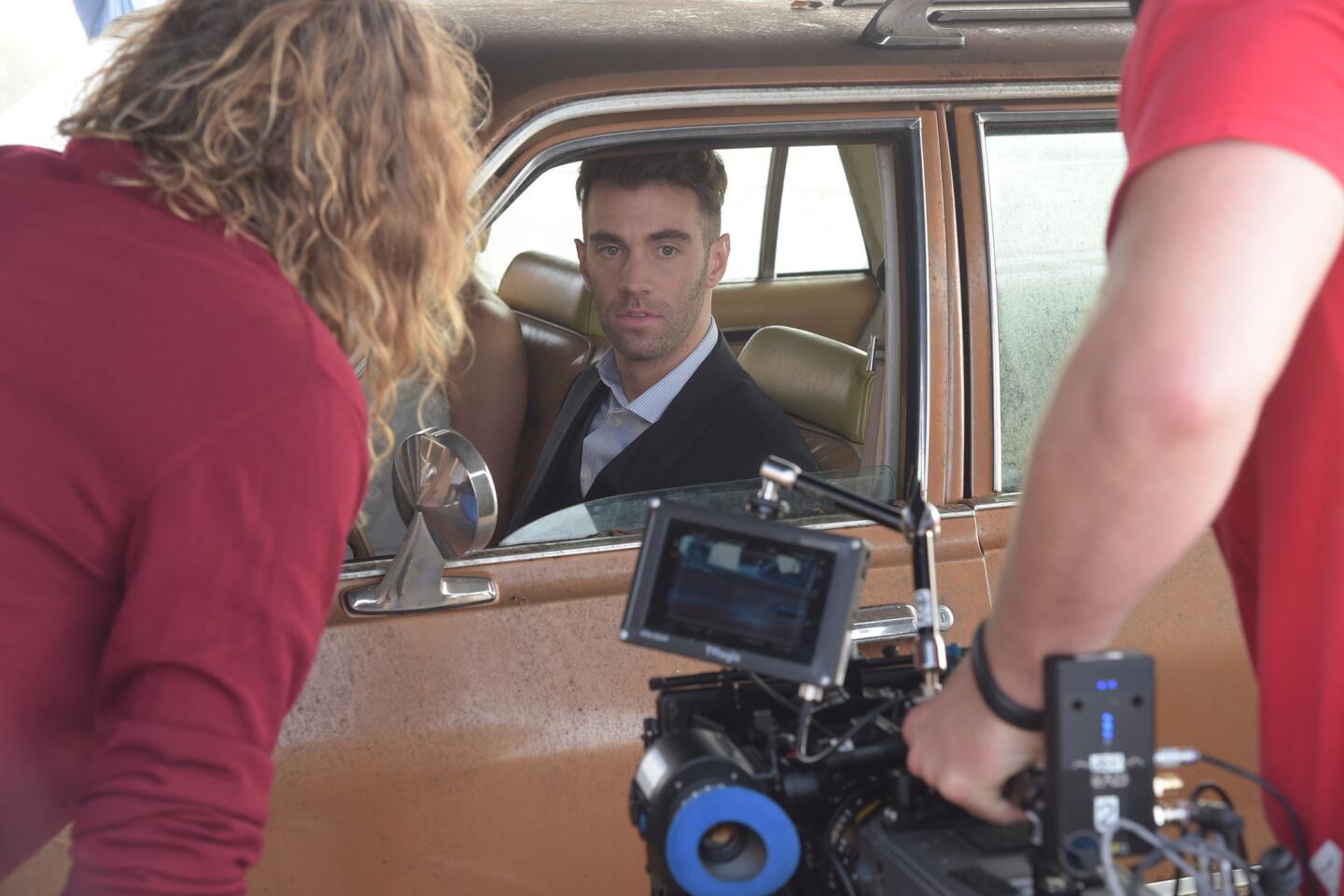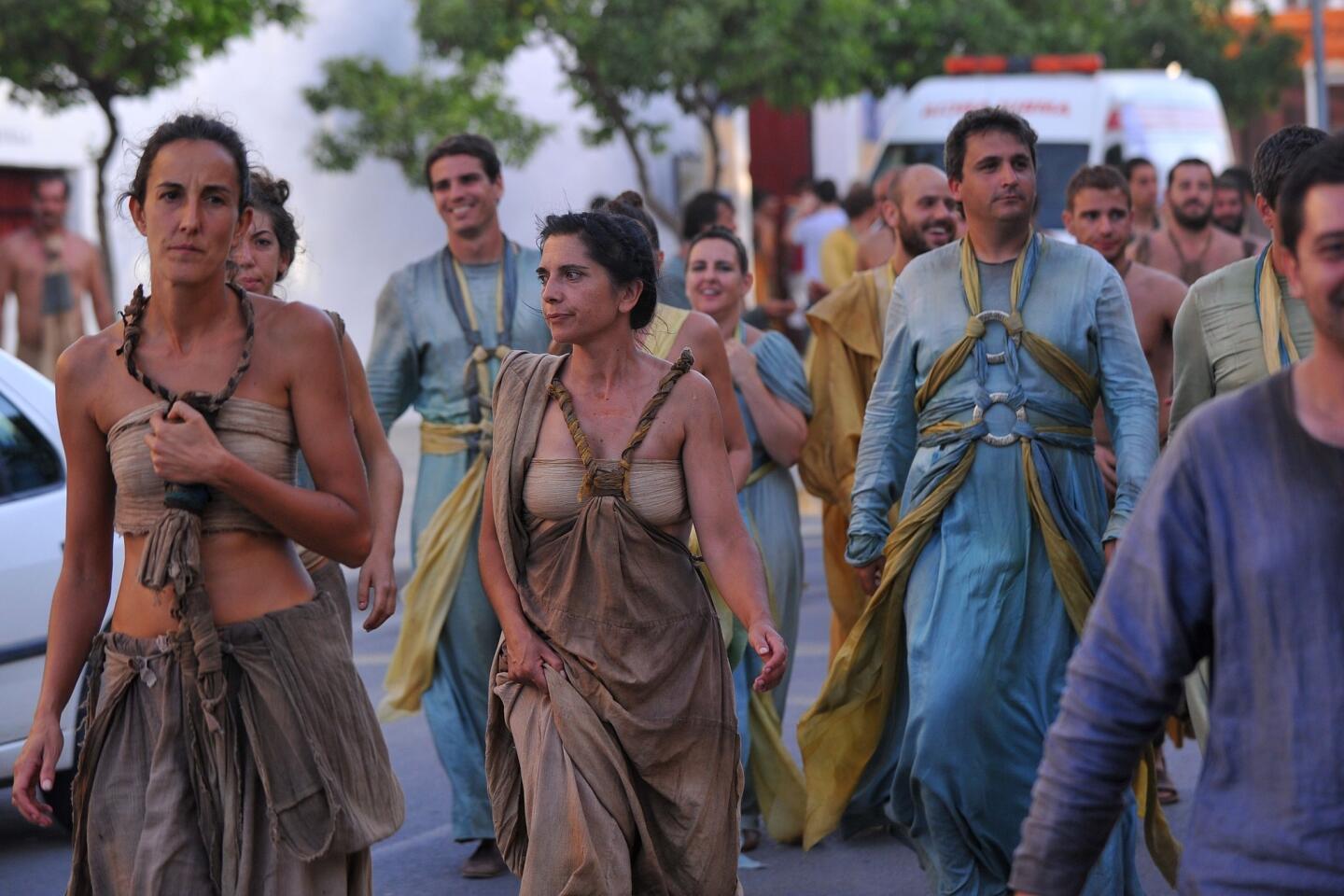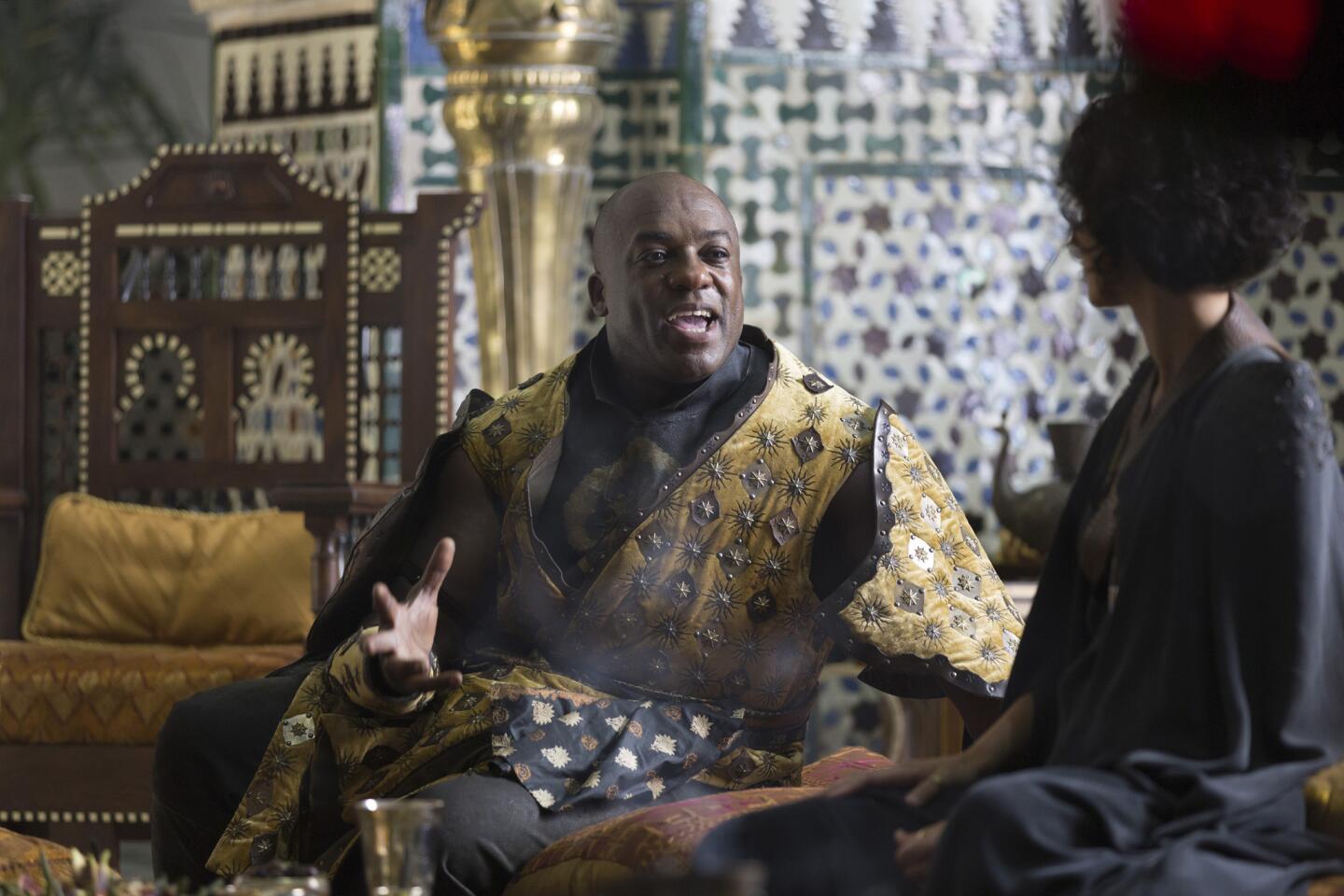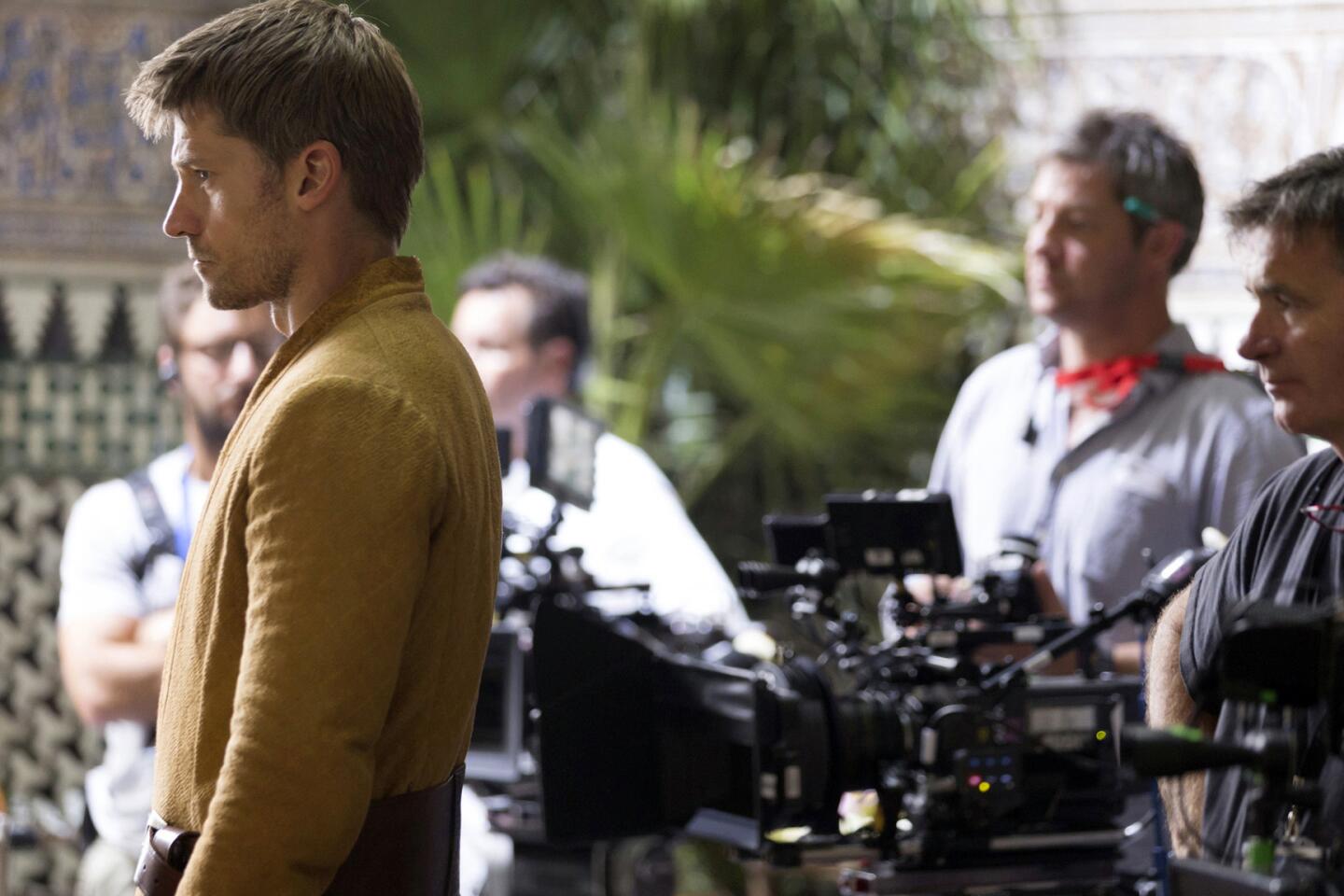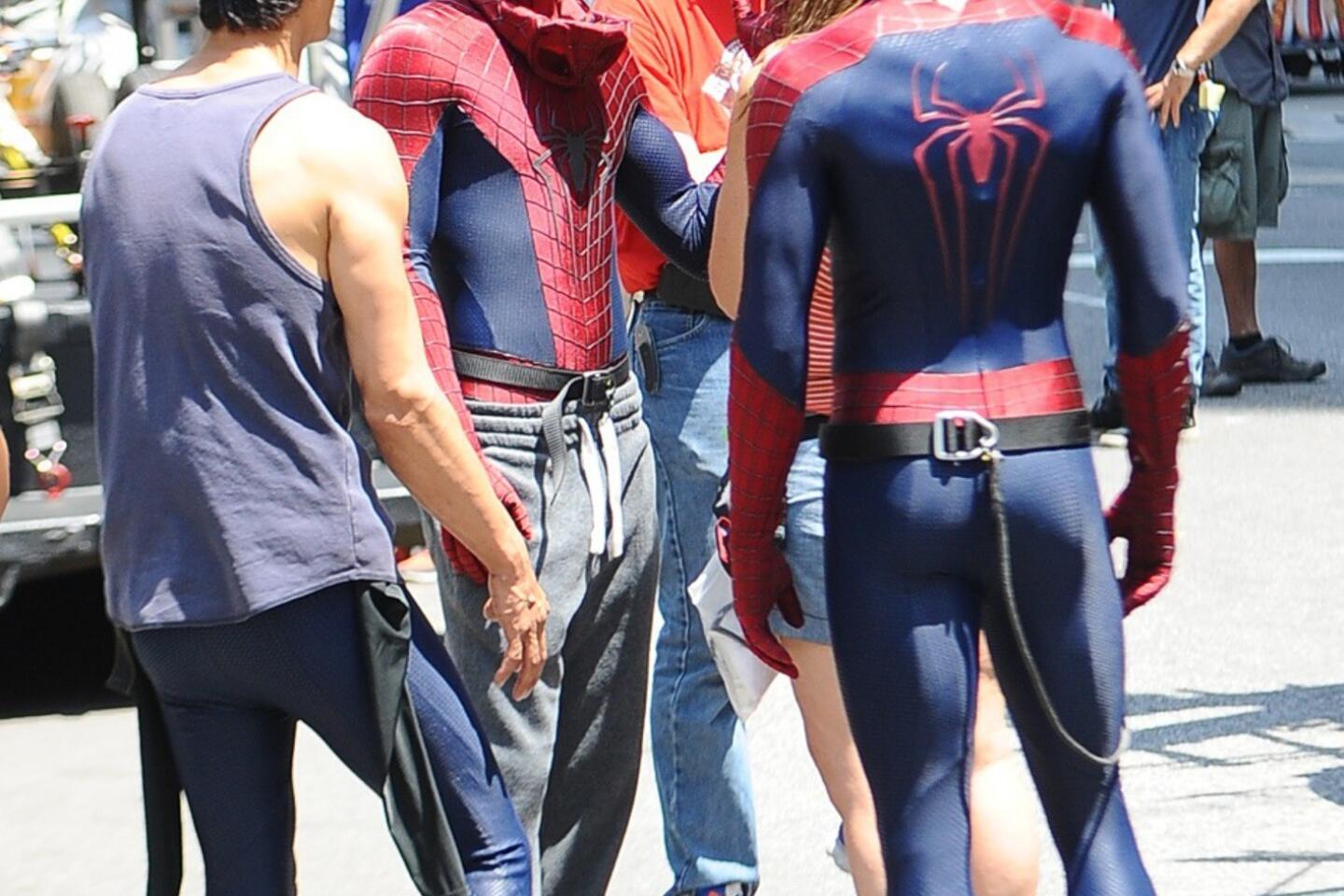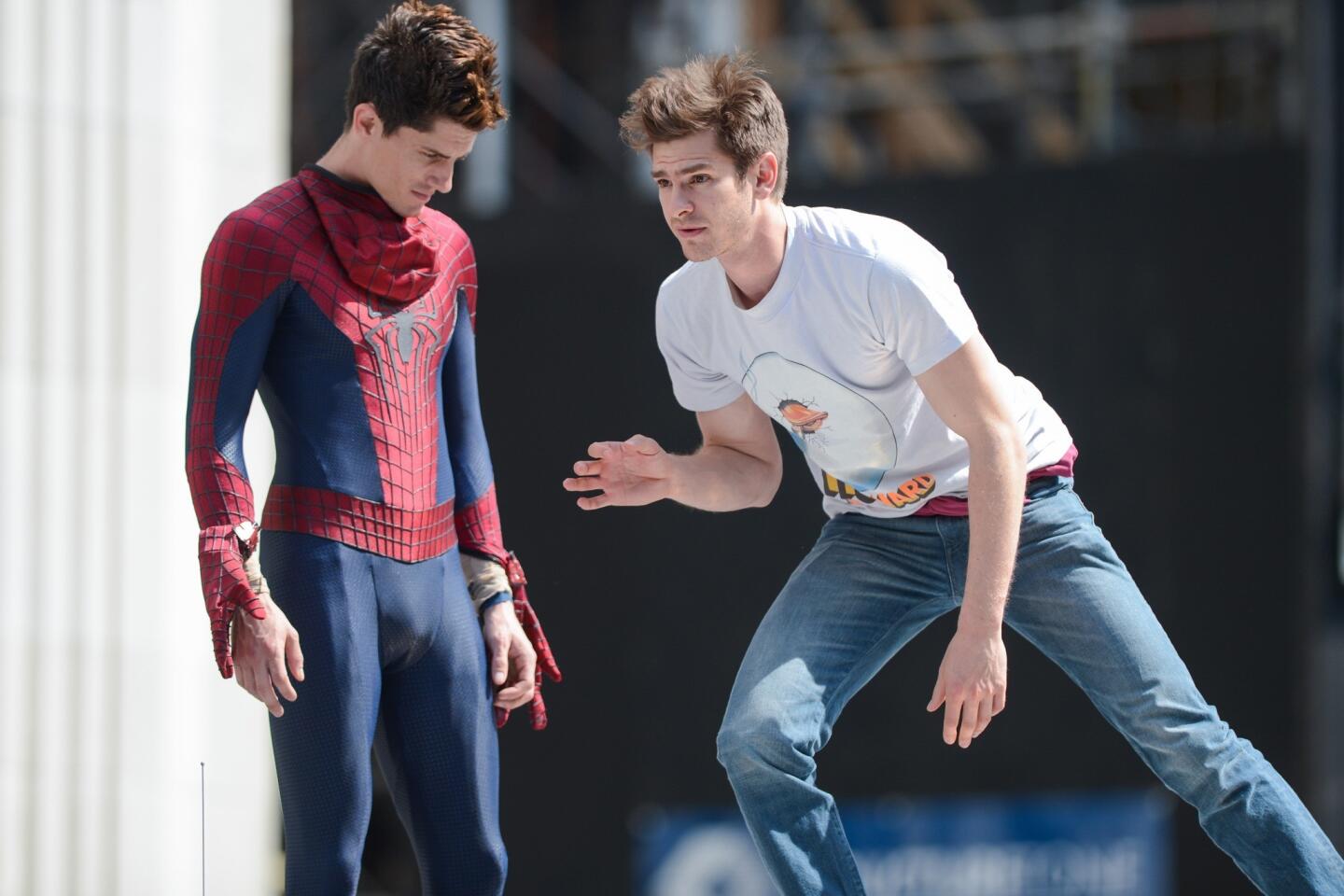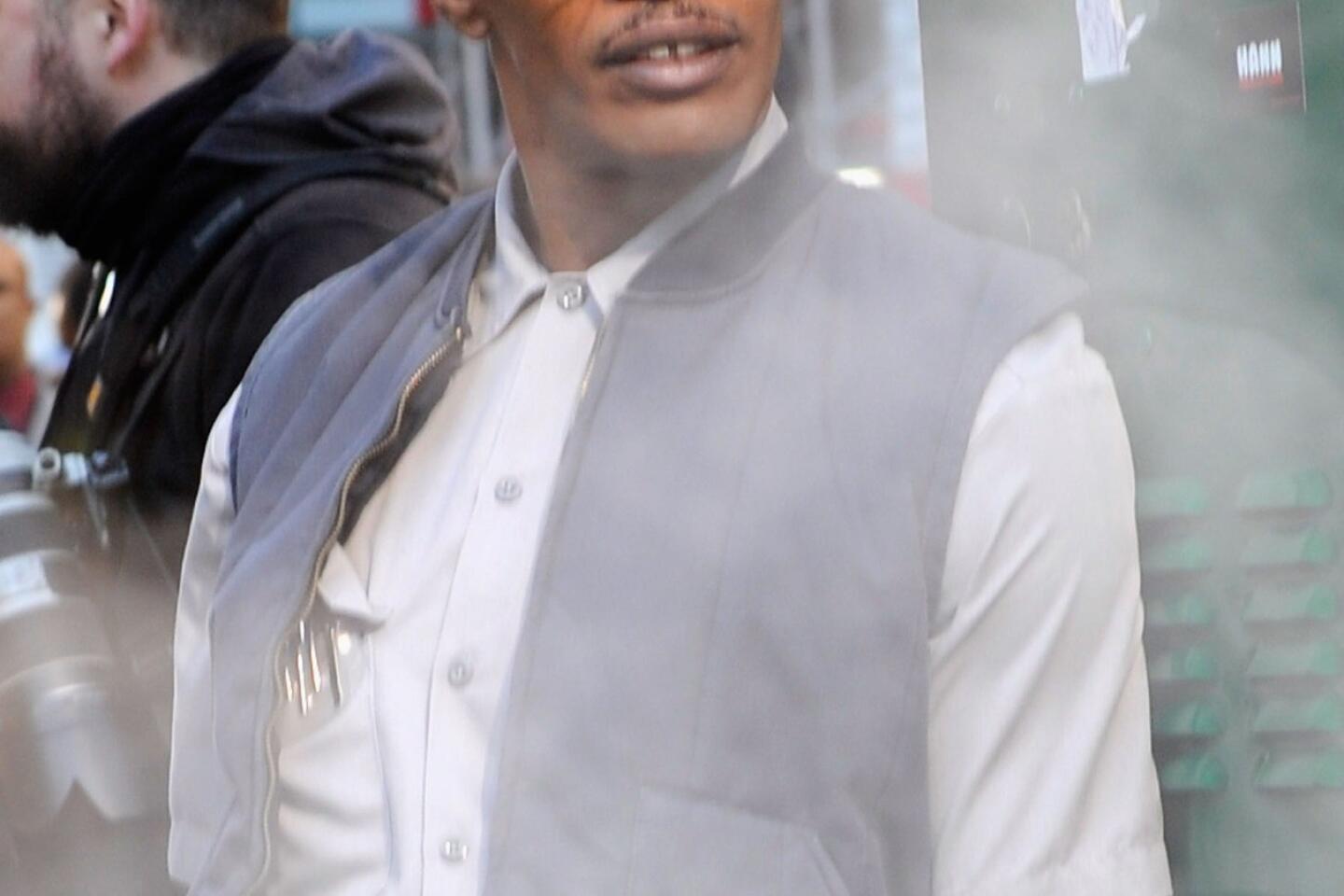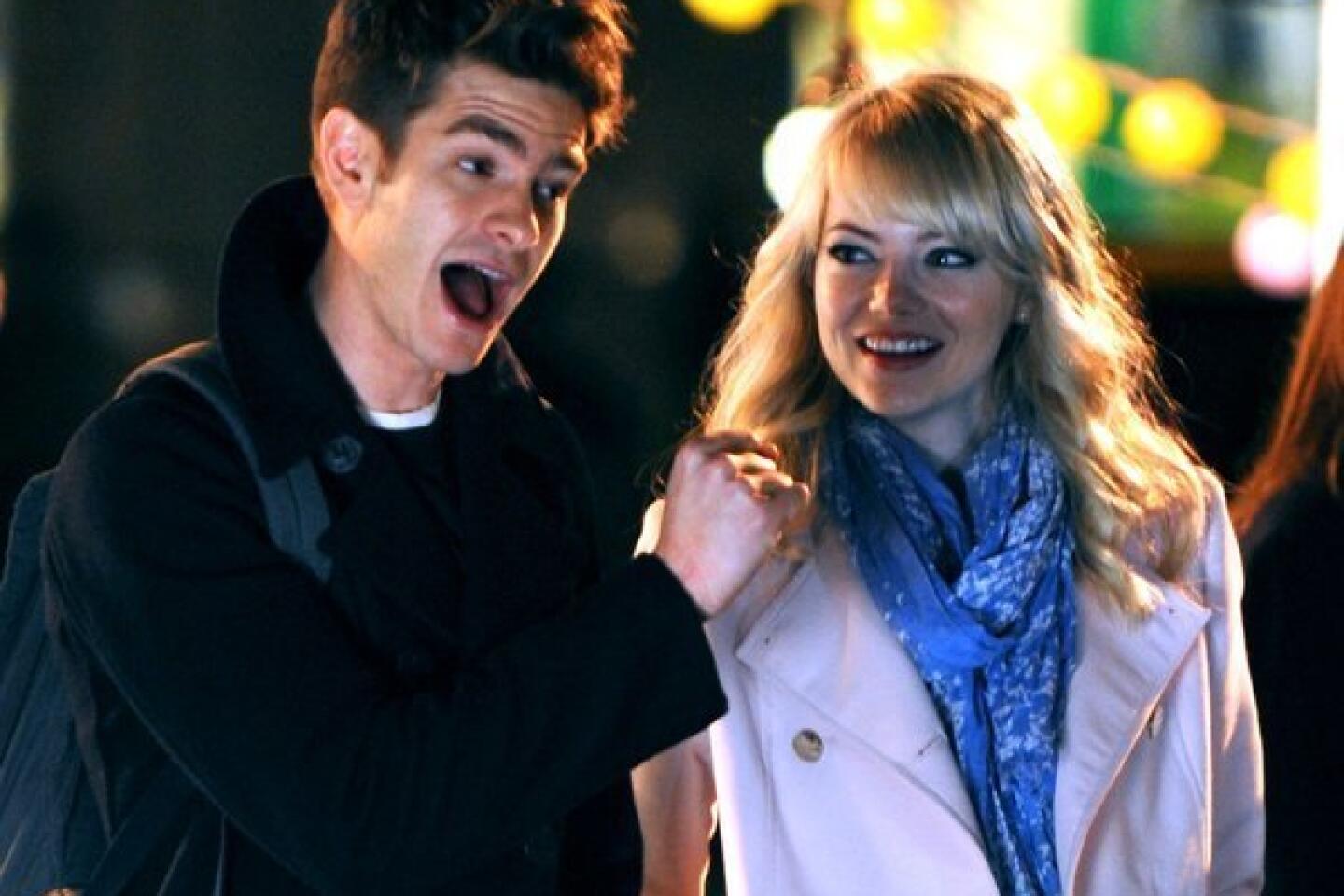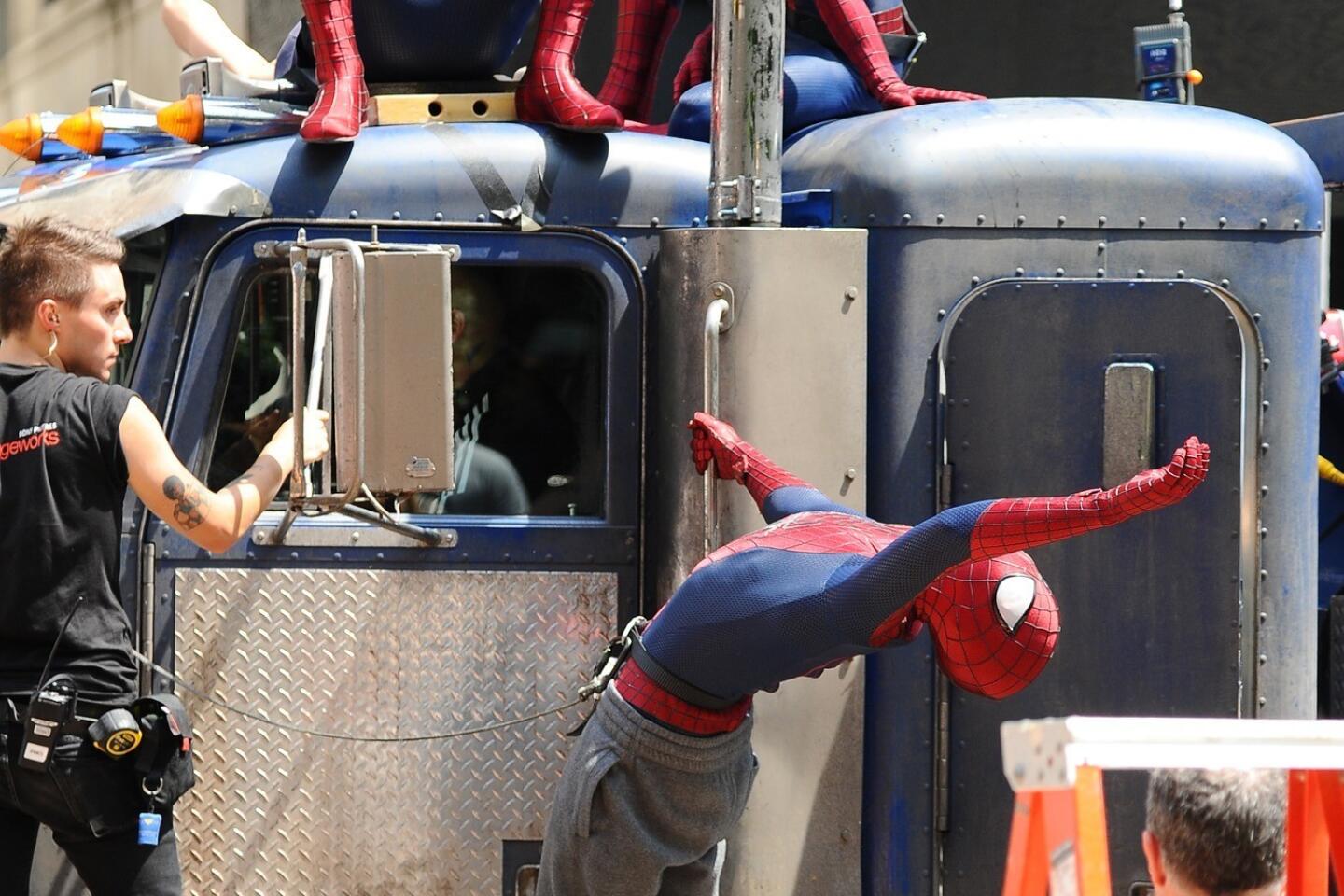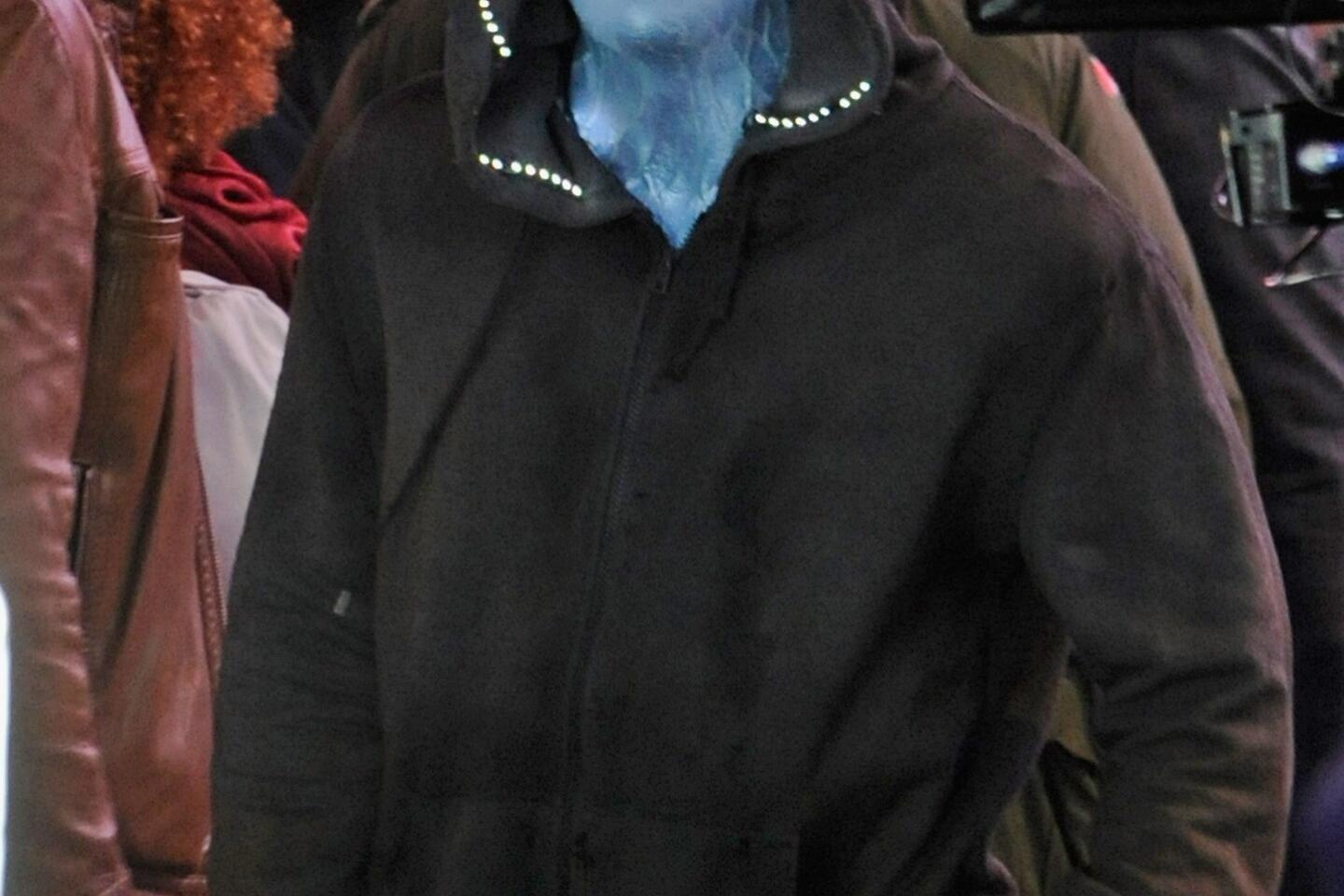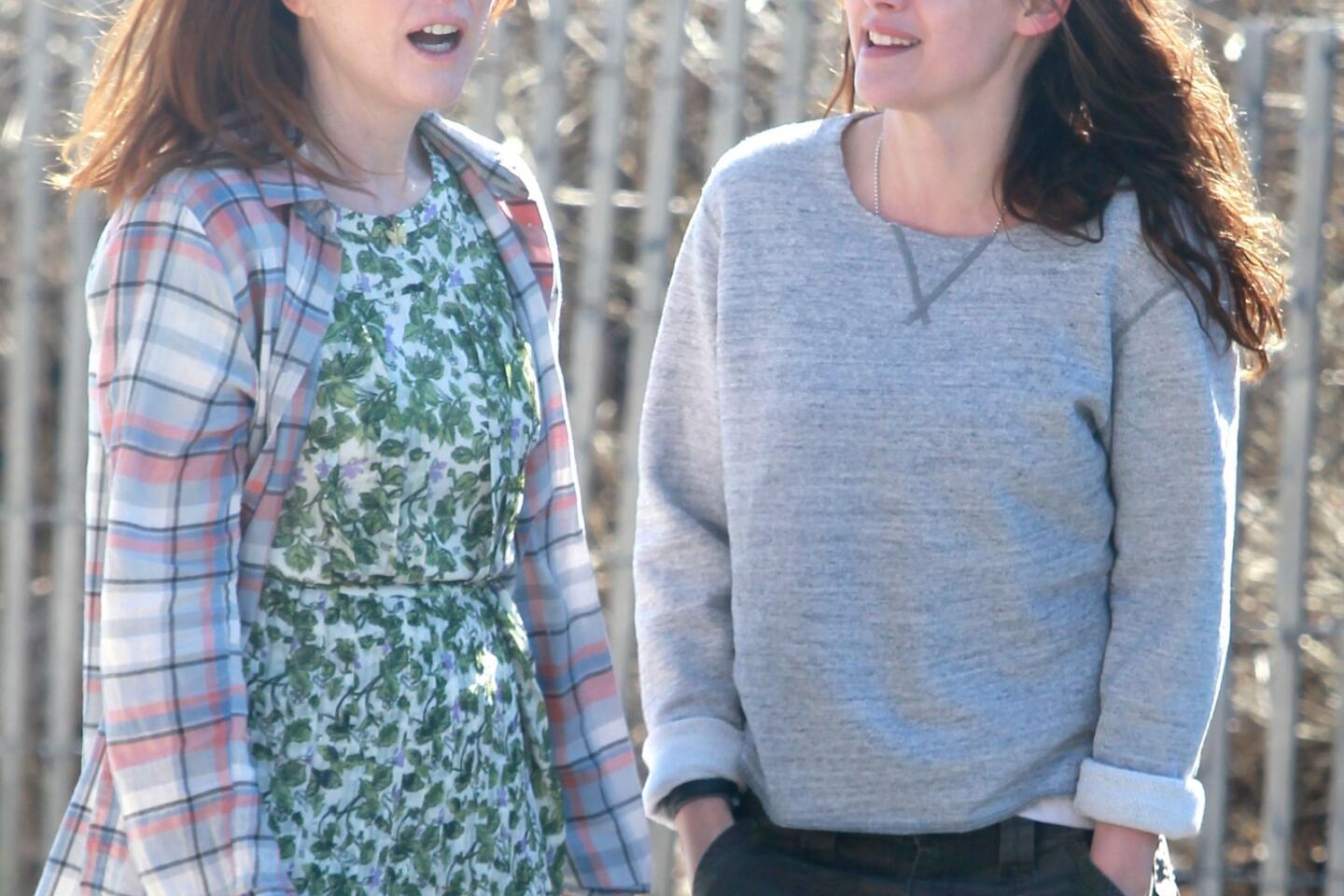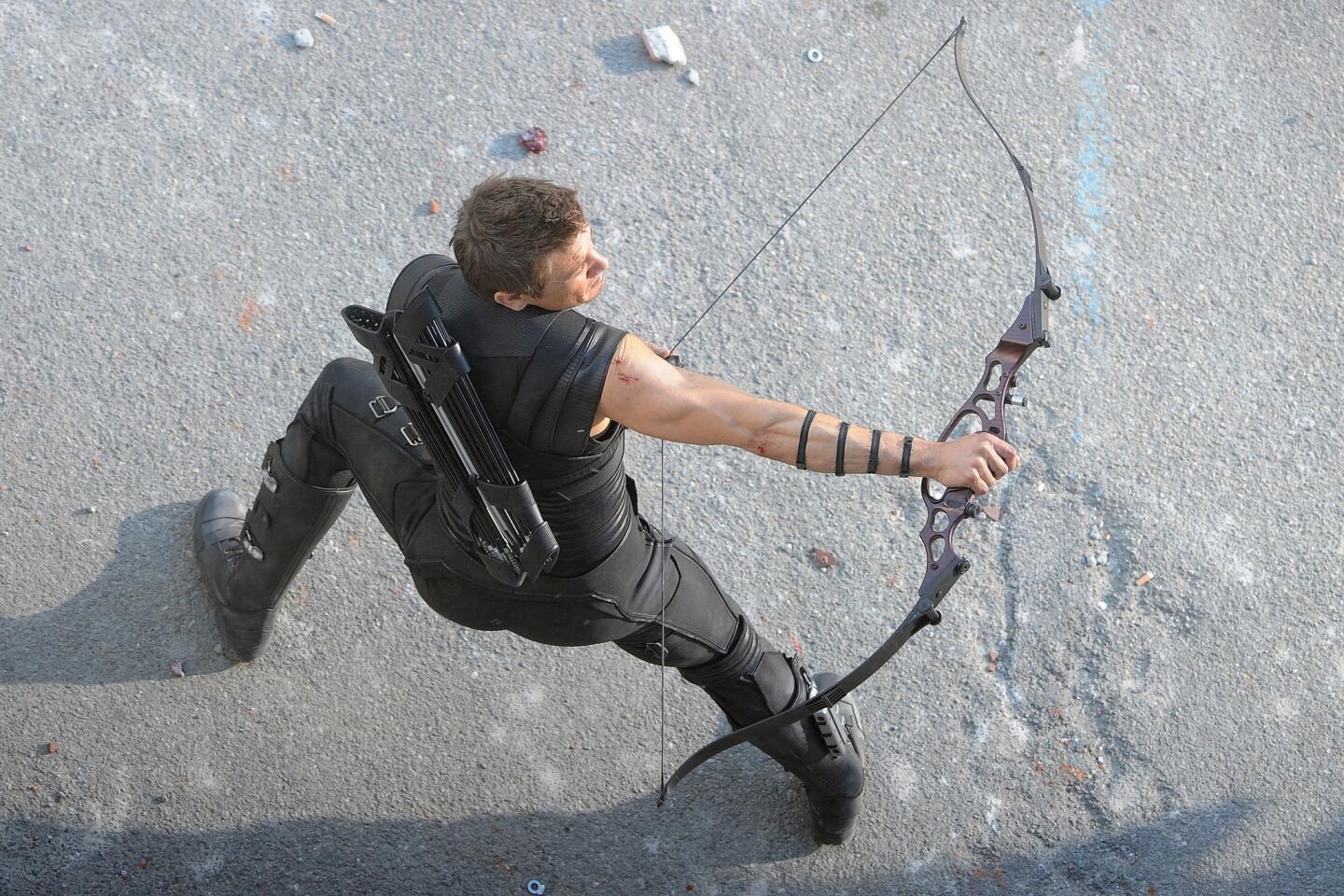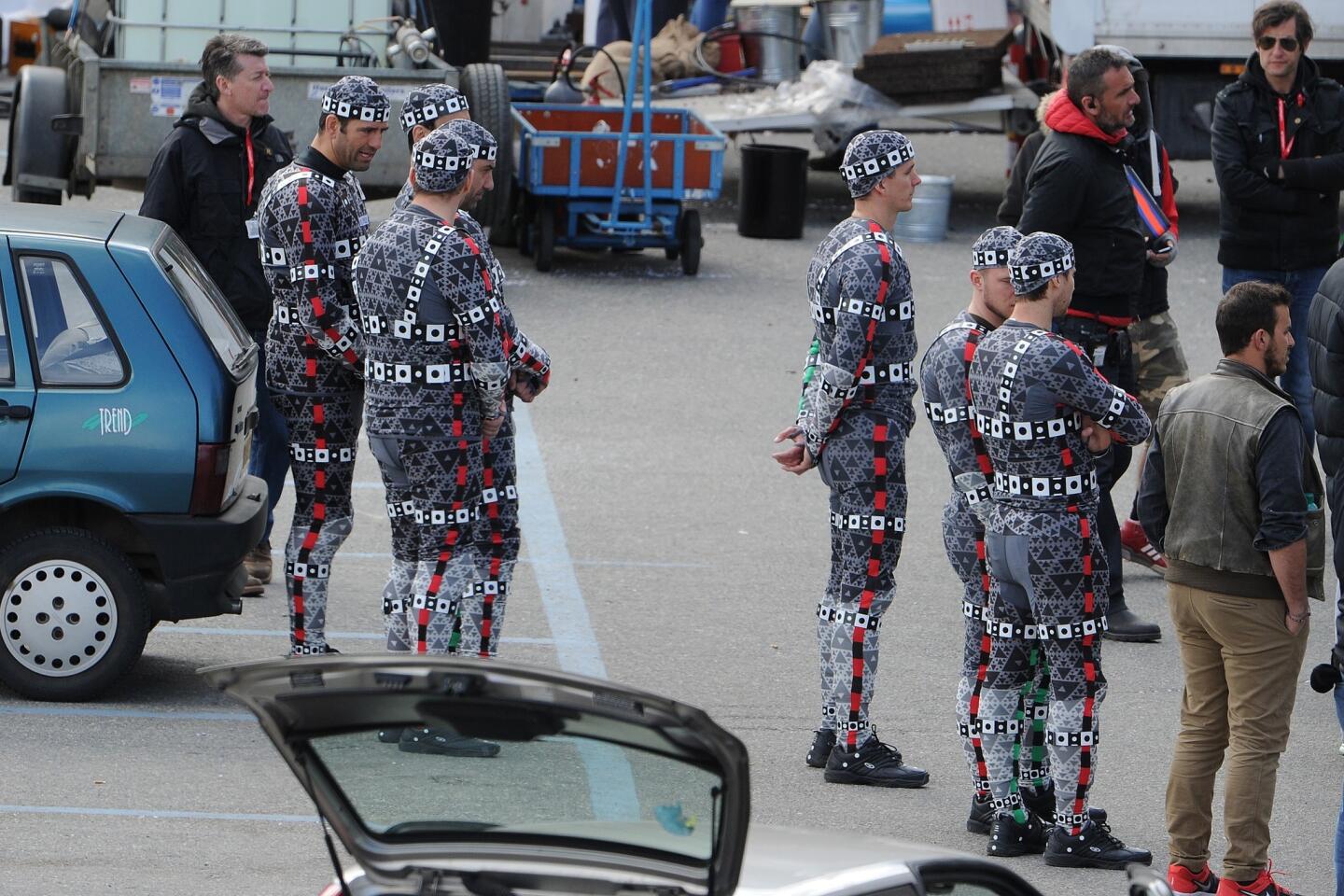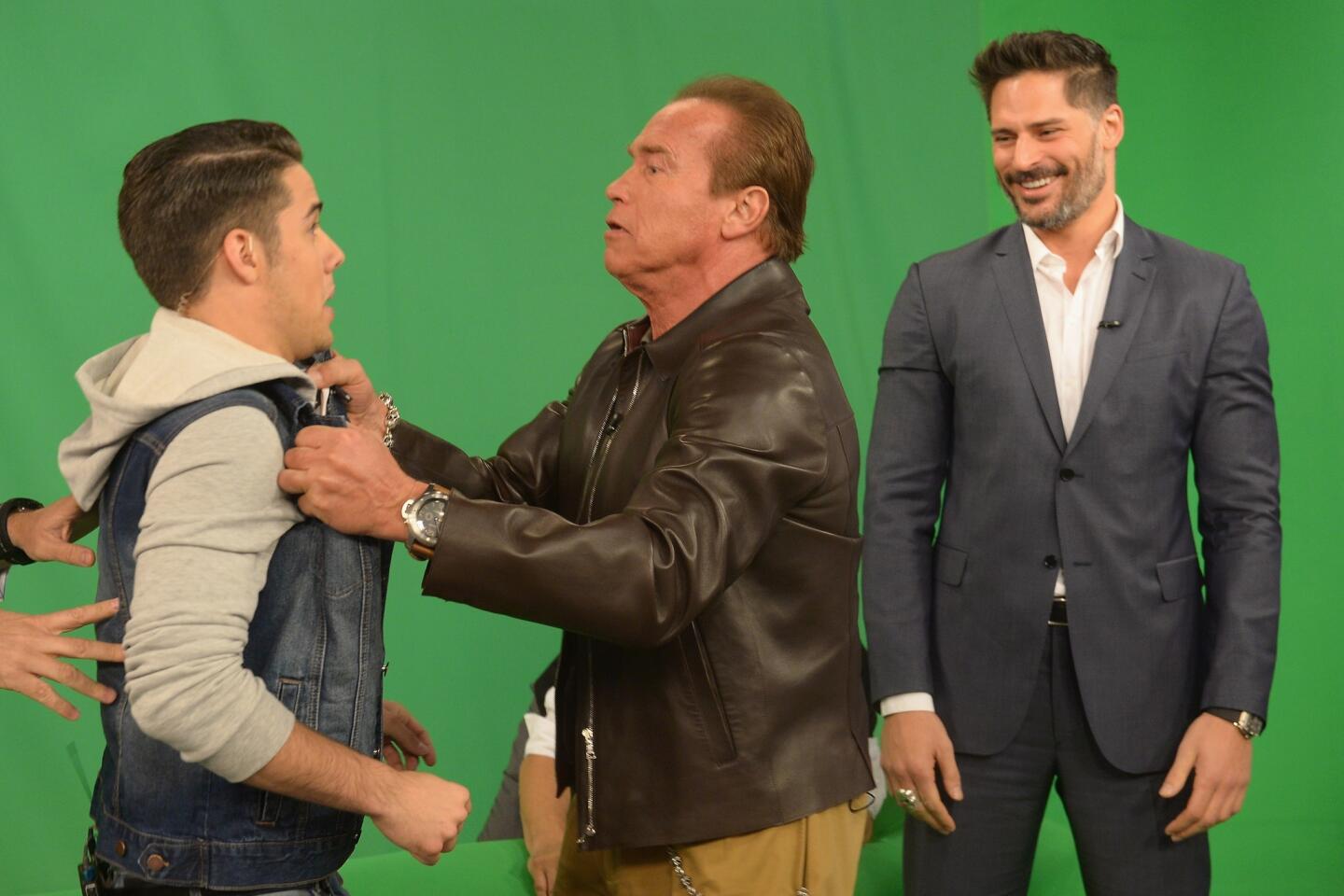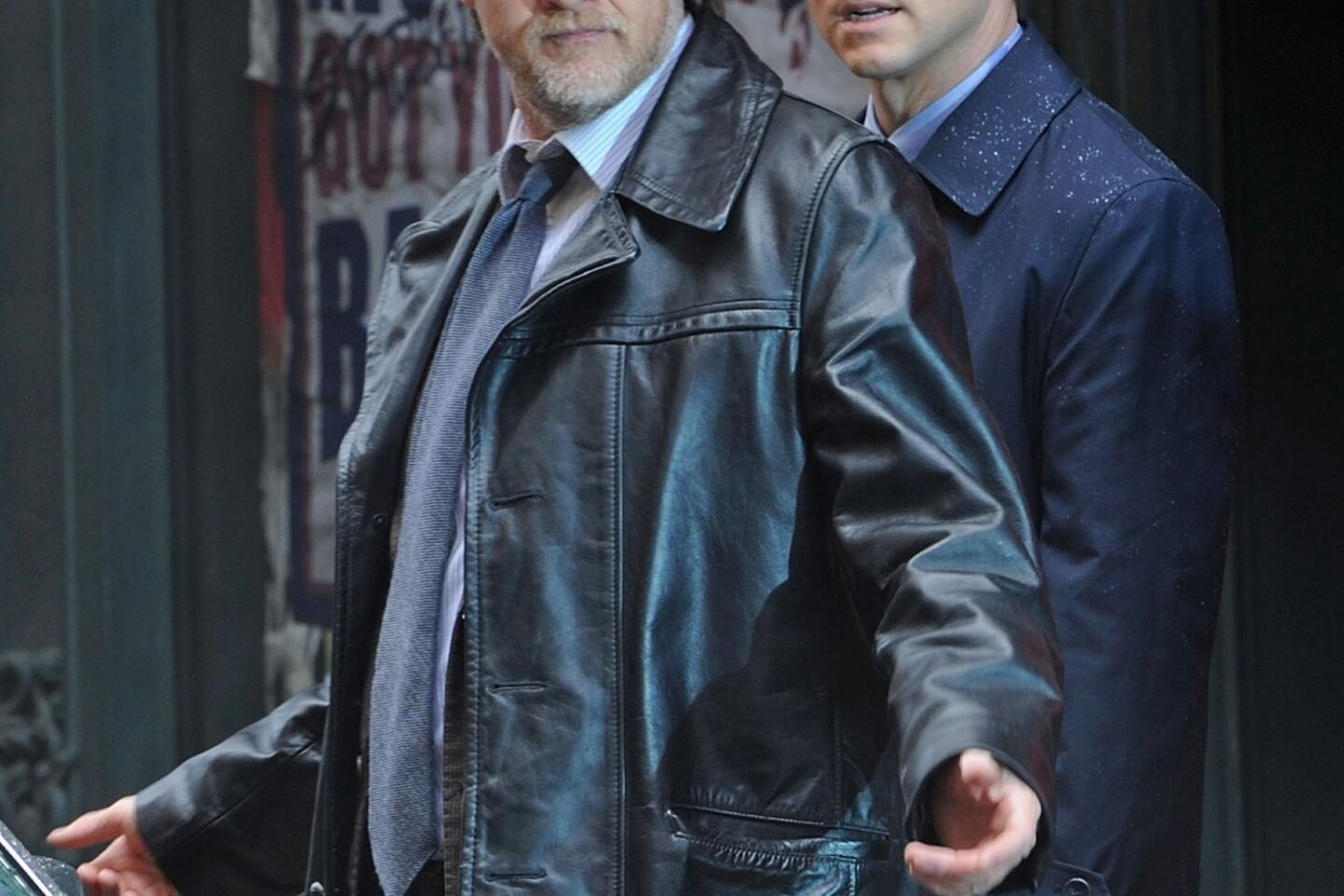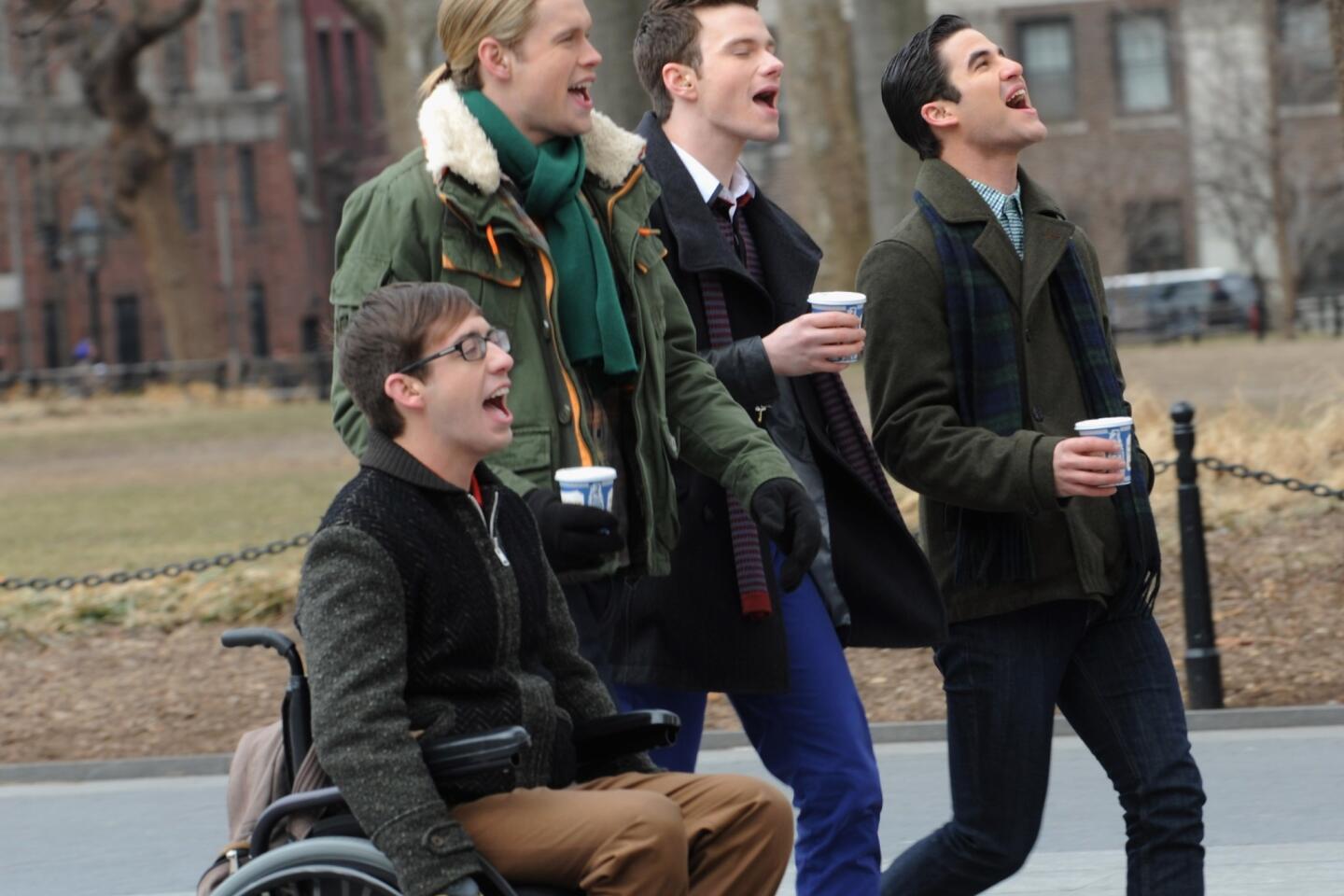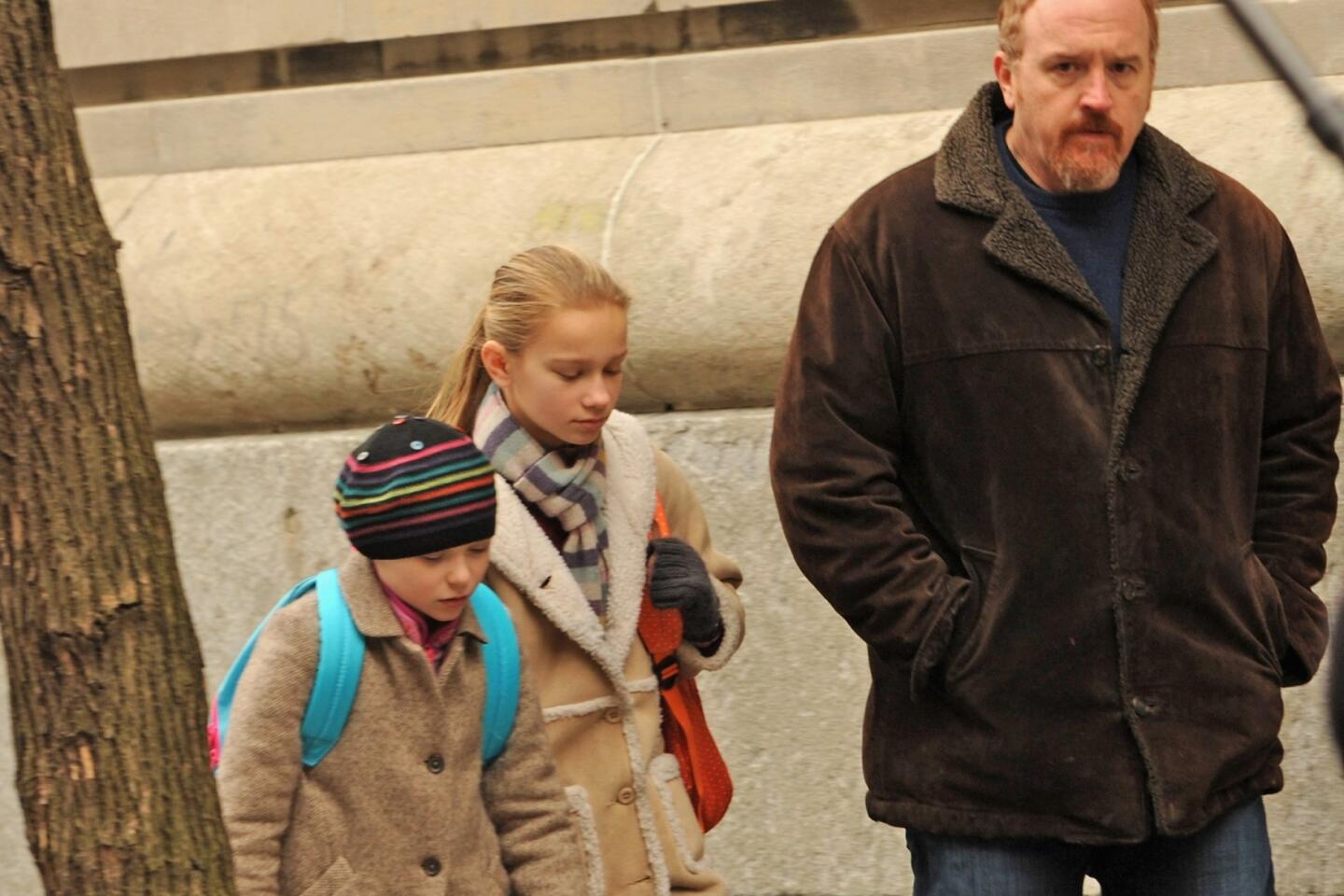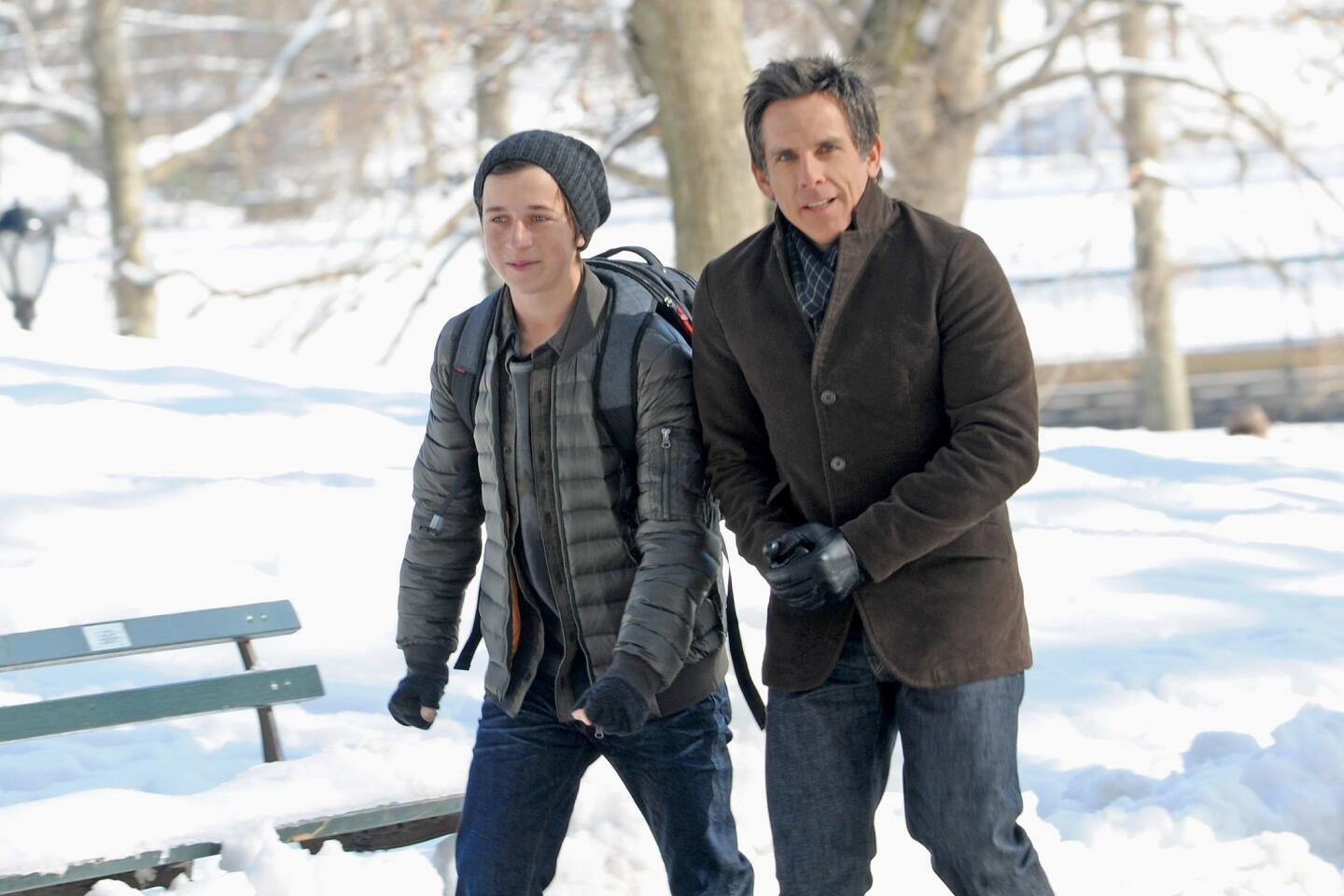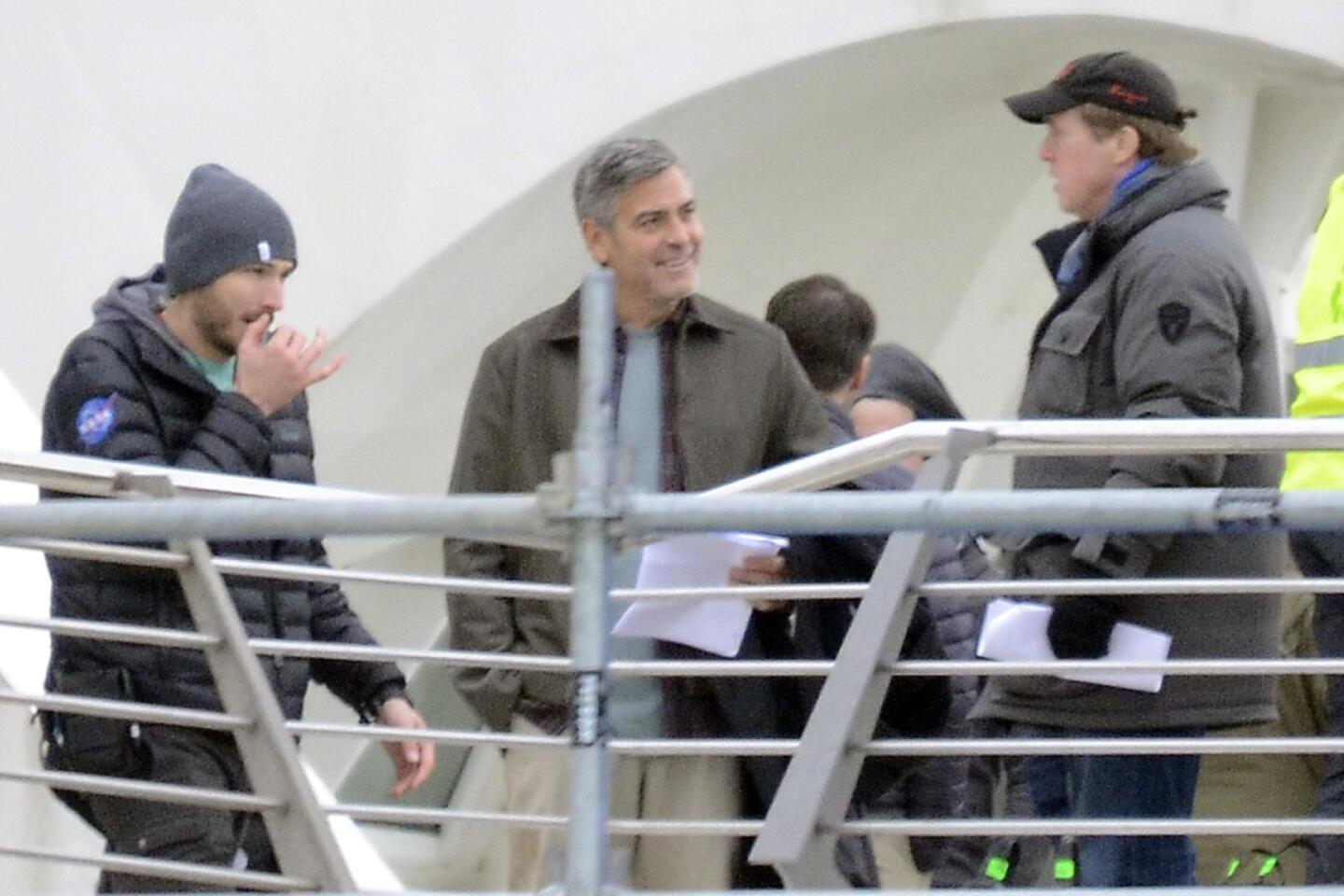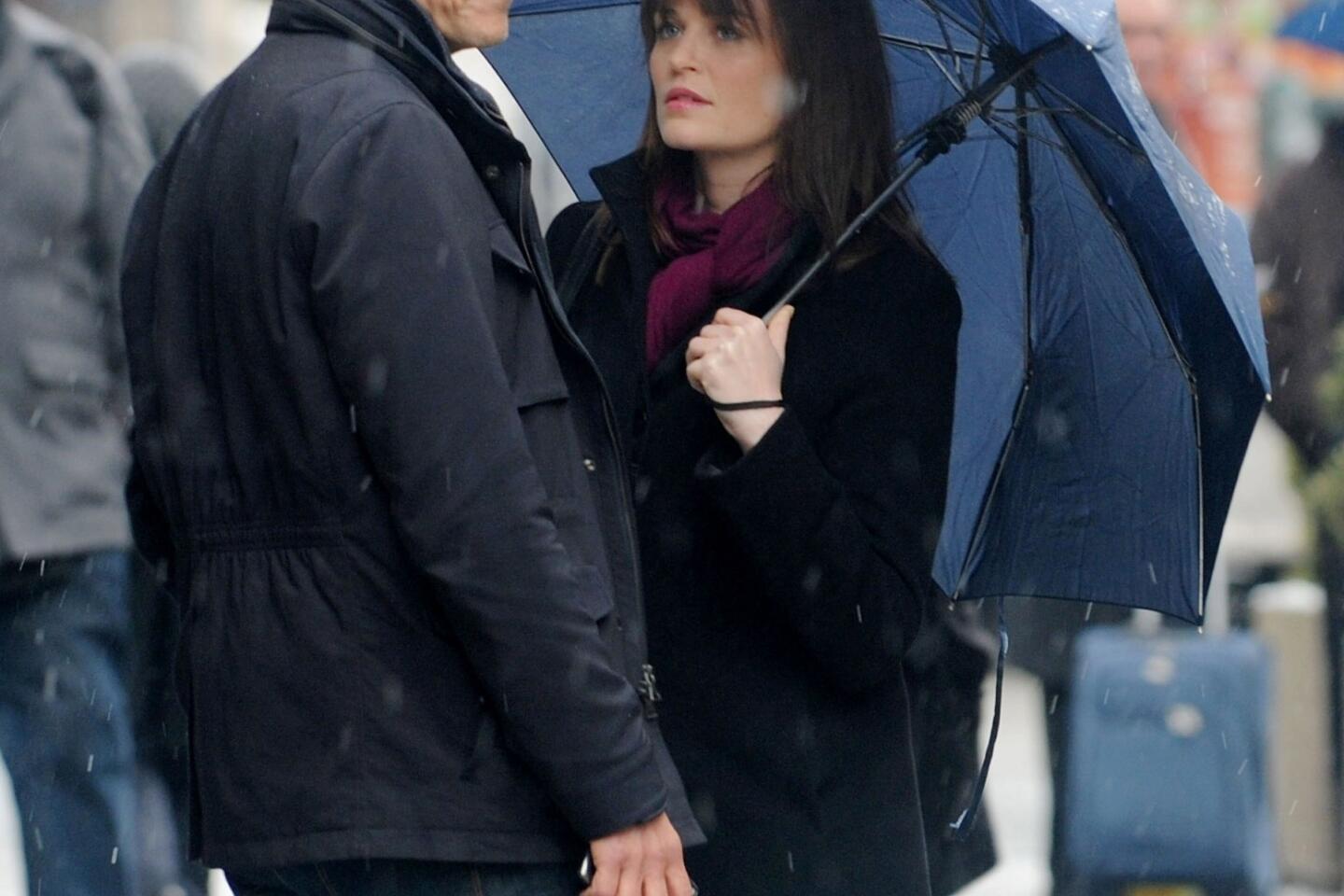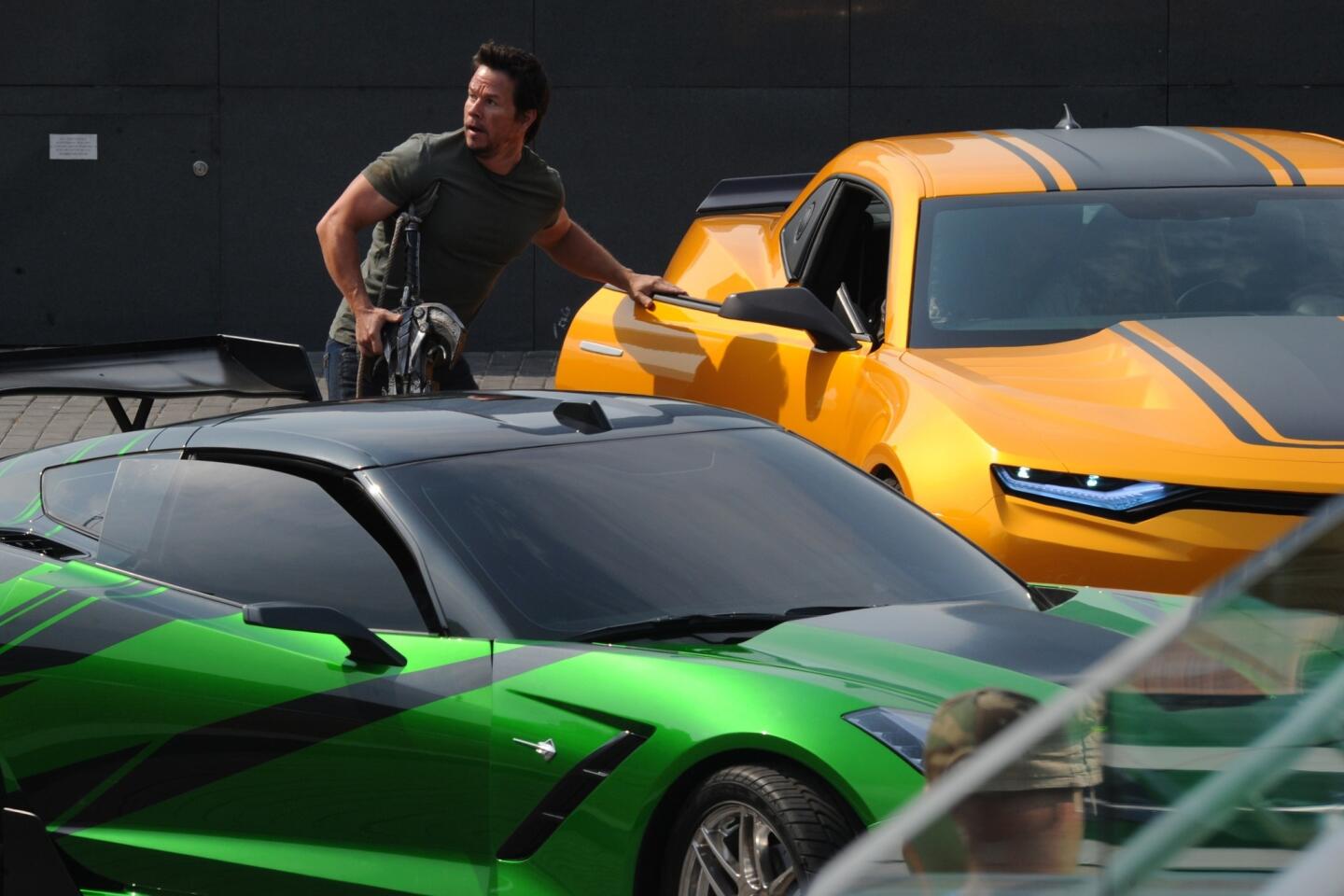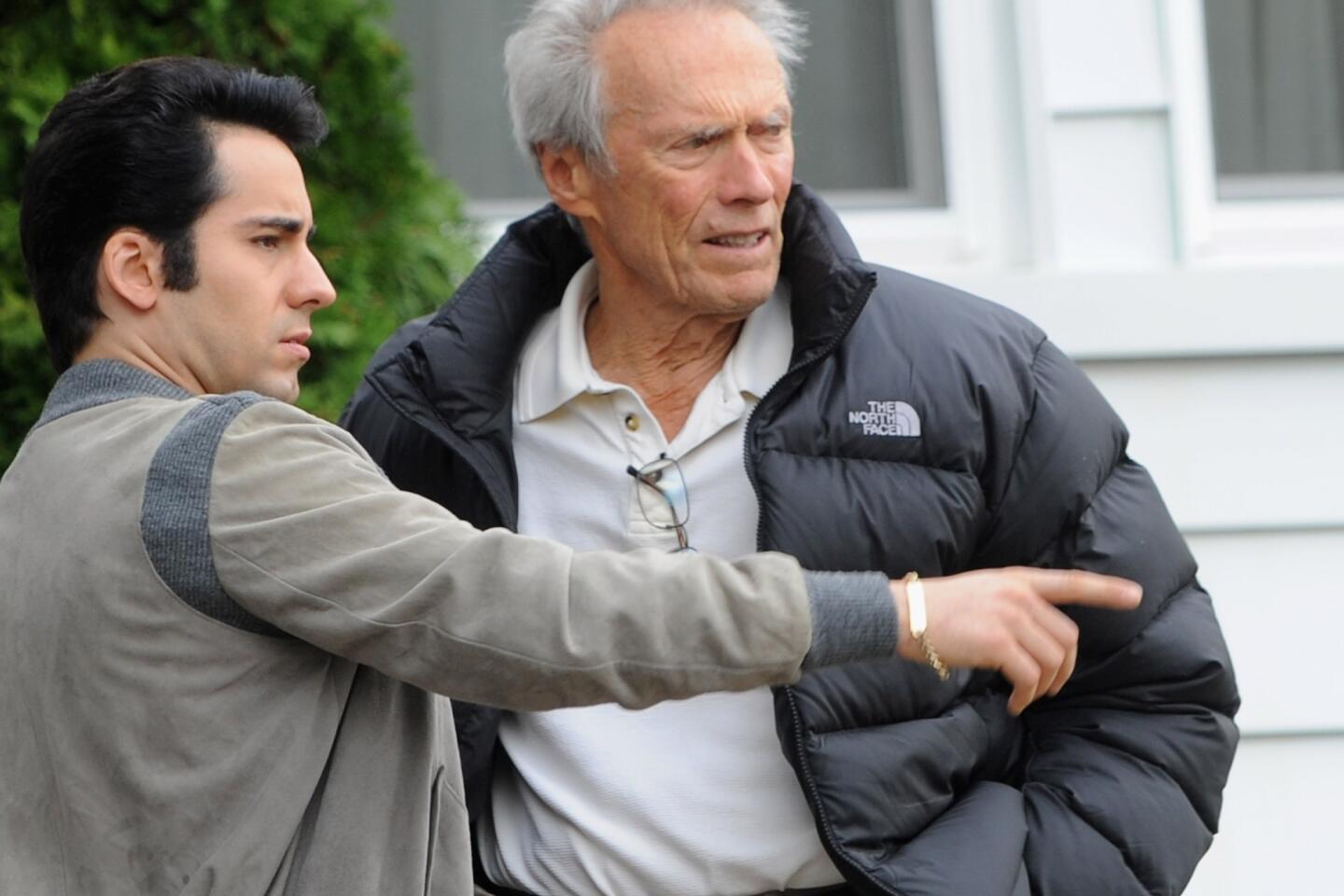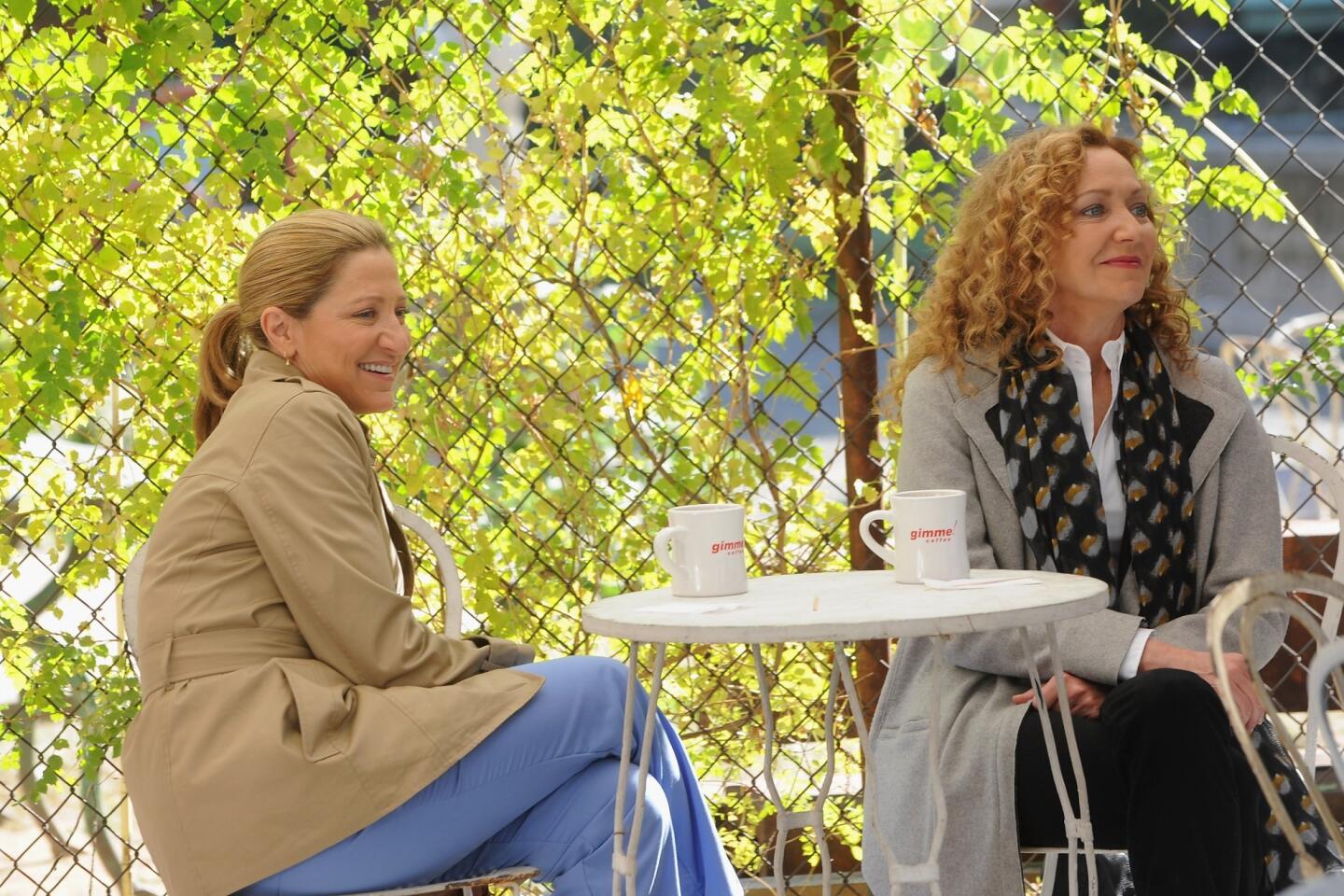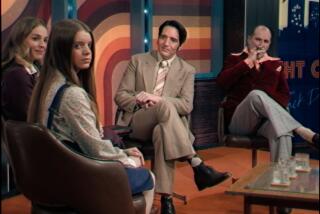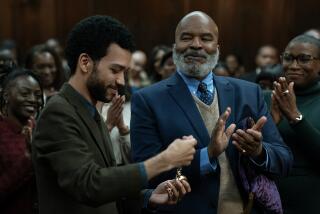A look at the magicians of cinema
From its earliest days, cinema has borrowed heavily from the world of magic. Illusion, after all, is part of the moviegoing experience — the phrase “the magic of movies” is both literally and figuratively true.
This week the Academy of Motion Picture Arts and Sciences will explore cinematic feats of prestidigitation. “Like Magic” will investigate movies’ roots in historical stage magic and sleight of hand from the early fanciful “trick” films of pioneers such Georges Méliès to computer-generated visual effects. The event takes place Wednesday evening at the academy’s Samuel Goldwyn Theater.
Actor, magician and historian Ricky Jay will host the evening with Michael Weber, his partner in the consulting firm Deceptive Practices. They have worked their magic, so to speak, on such films as 1982’s “The Escape Artist,” 1987’s “House of Games,” which featured Jay, and 2006’s “The Illusionist” and “The Prestige.”
PHOTOS: Billion-dollar movie club
Using clips from such movies as Méliès’ “The Magician” (1898), Jean Cocteau’s “Beauty and the Beast” (1946), Francis Ford Coppola’s “Bram Stoker’s Dracula” (1992) and “Snow White and the Huntsman” (2012), they will discuss how the techniques used in century-old “trick” films — including perspective, cuts, dissolves and multiple exposures — can still be seen on screens today.
Joining them on the panel will be Shane Mahan, who has created, coordinated or supervised special effects for films such as 1993’s “Jurassic Park” and earned an Oscar nomination for visual effects for his work on the physical suits for 2008’s “Iron Man.” He’s also one of the founders of Legacy Effects.
“One thing many people aren’t aware of is that quite a few magicians were actually involved in the development of the film camera and in optical devices, like France’s Méliès, who was a noted stage illusionist before he began making films in 1896, including the remarkable 1902 “A Trip to the Moon,” Jay said.
Several magicians were featured in these silent films, including the escape artist Harry Houdini, whose remarkable tricks couldn’t hide his wooden film presence. “We can understand why he didn’t become a major star,” Jay noted.
Besides Méliès, one of the most influential filmmakers was Cocteau, the inventive French playwright and screenwriter. He utilized camera tricks, evocative sounds, music, costumes and makeup to bring the classic fairy tale “Beauty and the Beast” to life.
The late critic Roger Ebert called it “one of the most magical of all films” and a “fantasy alive with trick shots and astonishing effects, giving us a Beast who is lonely like a man and misunderstood like an animal.”
Guillermo del Toro captured that same sort of wonderment and mystery in his 2006’s “Pan’s Labyrinth.” Mahan has high praise for the director, whose latest film was “Pacific Rim,” because the filmmaker combines both traditional in-camera effects and contemporary CGI to tell his fantastical stories.
“He will use whatever he needs to use and make it look the best he can,” Mahan said. “He has a great eye for all of that. He enjoys both mediums. There are still artists like Tim Burton, who still embraces puppet animation. Every tool is useful. You can’t be afraid of anything.”
-------------------------
‘Like Magic’
Where: Academy of Motion Picture Arts and Sciences, Samuel Goldwyn Theater, 8949 Wilshire Blvd., Beverly Hills
When: 7:30 p.m. Wednesday
Cost: $3 and $5
Info: https://www.oscars.org
More to Read
Only good movies
Get the Indie Focus newsletter, Mark Olsen's weekly guide to the world of cinema.
You may occasionally receive promotional content from the Los Angeles Times.
